The Samsung Galaxy XR has officially entered the premium mixed-reality battleground, and frankly, it is making some pretty bold claims. Priced at $1,799, it positions itself as the sensible alternative to Apple’s $3,499 Vision Pro while still delivering flagship-level specs. Here is the part that makes this launch interesting, it sets up the first real three-way fight in premium mixed reality, with Google’s Android XR platform providing the software foundation for what Samsung hopes will be a more accessible path to high-end spatial computing.
What grabbed me right away is how Samsung frames the value. They are not only undercutting Apple on price, they are delivering higher display resolution, 29 million pixels versus the Vision Pro’s 23 million, while keeping the design lighter at 545 grams. The device launched on October 22, 2025, marking Samsung’s major return to mixed reality after years focused on phones and traditional displays, and this time it comes with a deep collaboration with Google that separates it from Samsung’s earlier VR era.
The collaboration with Google brings something genuinely different, Gemini AI integration that goes well beyond basic voice commands. This is not just Samsung hardware running Google software. It is a unified platform aimed at making mixed reality feel practical for everyday use, not just good on a stage demo.
What makes the Galaxy XR's hardware compelling?
Samsung packed serious specs into the Galaxy XR. The centerpiece is dual 4K micro-OLED displays delivering 3,552 x 3,840 pixels per eye, totaling roughly 29 million pixels overall. That is more than Apple’s Vision Pro, which delivers 23 million pixels, and the extra density shows up in crisper text and cleaner detail work in productivity apps.
The processing power comes from Qualcomm’s Snapdragon XR2+ Gen 2 chipset, built on a 4nm process node and tuned for standalone XR. Samsung pairs it with 16GB of RAM and 256GB of storage, enough headroom for demanding apps and multitasking.
Smart design choice, weight distribution. The Galaxy XR weighs 545 grams compared to the Vision Pro’s 600 to 650 grams, and uses a visor-style layout with a forehead pad system. More of the load shifts to your forehead, less digs into your cheeks and nose. You feel it during long sessions.
PRO TIP: The Galaxy XR includes fully automatic IPD adjustment guided by eye tracking. Motorized lenses slide to match your eye separation, so you skip the manual fiddling and get sharp visuals right away.
The display quality holds up in use too. Samsung claims 95% DCI-P3 color coverage with up to 90Hz refresh rates, which delivers vivid color and smooth motion. A 109 degree horizontal by 100 degree vertical field of view keeps the picture immersive without the pinhole effect some headsets suffer.
How does the Android XR experience compare to competitors?
This is where things get interesting. The Galaxy XR runs on Google’s new Android XR platform, a different play from Apple’s closed visionOS. The headline perk is app availability, many Android apps will run on Android XR without extra work; others will require adaptation or optimization per Android XR guidelines, so the store does not feel empty on day one.
Upload VR noted that the interface feels like a crossover between Apple’s visionOS and Meta’s Horizon OS, and performance feels smooth. You navigate with eye tracking and hand gestures similar to Vision Pro, pinch to select, wave to scroll. If you have used Apple or Meta headsets, the learning curve is gentle.
Gemini AI integration is the big swing. Samsung’s implementation can respond to contextual prompts, perform searches, and manage tasks using voice or visual input. “Circle to Search” lets you draw around objects in your view, virtual or real via passthrough, so finding info feels like pointing rather than pausing to type.
One practical edge, optional controllers for $250 (or $175 if purchased before November 17). Vision Pro does not offer them. If you want precise input for gaming or creative tools, physical controllers add welcome control.
Is the AI integration genuinely useful or just marketing hype?
Most AI features on gadgets feel like answers in search of questions. Gemini on the Galaxy XR looks more grounded. CNET reported that Gemini can recognize more things in both 2D apps and the physical environment than any other mixed-reality headset AI right now.
The use cases line up with mixed reality’s strengths. Real-time translation, navigation with contextual cues, and object recognition tap the cameras and spatial awareness in ways that actually help. Instant info about what you are looking at, whether it is virtual or on your desk, is the whole point of blending digital and physical.
One touch I like, Gemini defaults to conversational mode when activated. Long-press to summon Gemini Live, then talk about what is in front of you, not just fire off canned commands.
PRO TIP: Circle to Search kicks in when you draw around any object in view, virtual elements or real-world items through passthrough. No app swapping, no typing, just point and go.
The open question is how it holds up outside demos. The Verge noted that while the AI integration is impressive in demos, extended testing will determine whether these capabilities translate into genuinely useful daily interactions rather than quick novelties.
How does the value proposition stack up?
At $1,799, Samsung lands in an intriguing middle lane. It sits between Meta’s Quest 3 at $499 and Apple’s Vision Pro at $3,499, a premium-but-accessible option for buyers who want flagship features without the top-shelf Apple price.
The bundle sweetens it. Samsung and Google offer an “explorer pack” with each headset that includes a free year of Google AI Pro, Google Play Pass, YouTube Premium, YouTube TV for $1 monthly for three months, and a free season of NBA League Pass. If you live in Google’s world, that is roughly $200 to $300 in services layered on the hardware.
The matchups are clear. Against Quest 3, Galaxy XR is the premium pick with better displays, more power, and deeper AI hooks. Against Vision Pro, it is the value play that still delivers comparable, at times superior, visual quality at about half the price, plus controller support Apple does not offer.
Battery life is the tradeoff, about 2 hours of general use or 2.5 hours for video playback. That is industry standard, still limiting for long work sessions or movie marathons. The external battery helps, you can swap it and there is less heat on your face.
Where does this leave the mixed reality market?
The Galaxy XR injects real competition into premium mixed reality. Samsung is not just going cheaper than Vision Pro, it comes with higher display resolution, meaningful AI features, and a more comfortable fit while keeping pace elsewhere. That puts pressure on Apple and Meta to rethink their next moves.
Android XR as an open platform could reach beyond Samsung hardware. PC Mag suggests that software developed for the Galaxy XR should be easily portable to other Android XR headsets and future smart glasses, which could speed up the whole category by giving developers one ecosystem not tied to a single brand.
The three-way split mirrors smartphones. Apple offers tight integration and a premium sheen, Meta focuses on broad access and gaming, Google’s angle is platform flexibility with sophisticated AI.
The wildcard is demand outside early adopters. Most people love the idea of mixed reality but remain hesitant about premium pricing, whether it is $1,799 or $3,499. Better hardware alone has not solved the core challenge, proving mixed reality delivers enough value to justify the money and the learning curve.
For potential buyers, Galaxy XR is the most balanced option right now. You get flagship specs, useful AI, a mature app base, and pricing that is premium without being punishing. It bridges Meta’s gaming-first appeal and Apple’s productivity push, so you do not have to pick a lane.
Will that balance move mixed reality beyond enthusiasts? That is the test of Samsung’s strategy, and maybe the direction of the entire industry. The Galaxy XR is not just Samsung’s return to mixed reality, it is the first real alternative to the Apple-Meta duopoly that has defined the space so far.




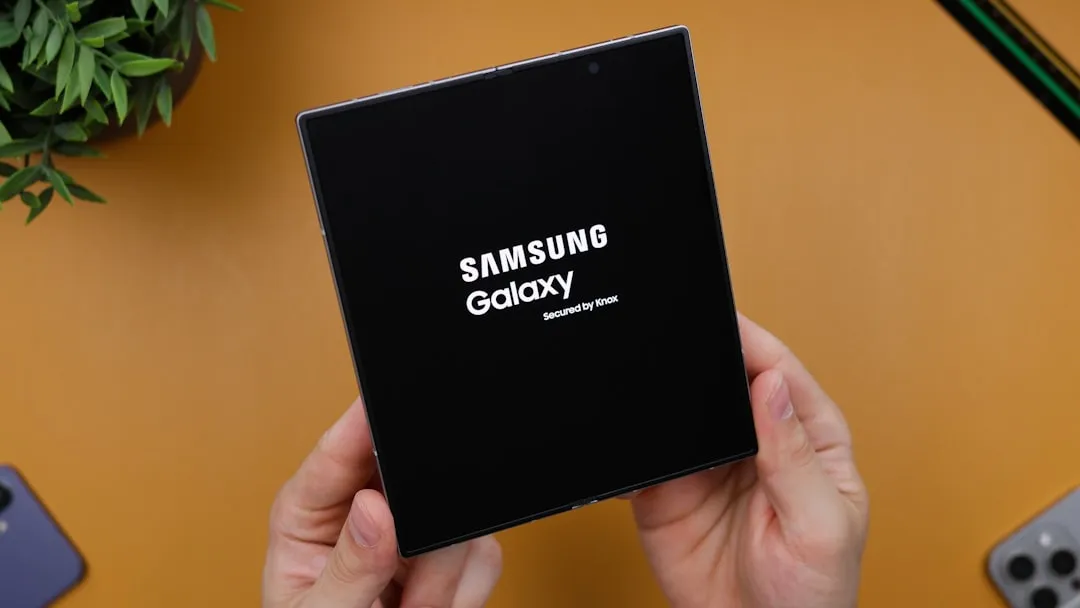
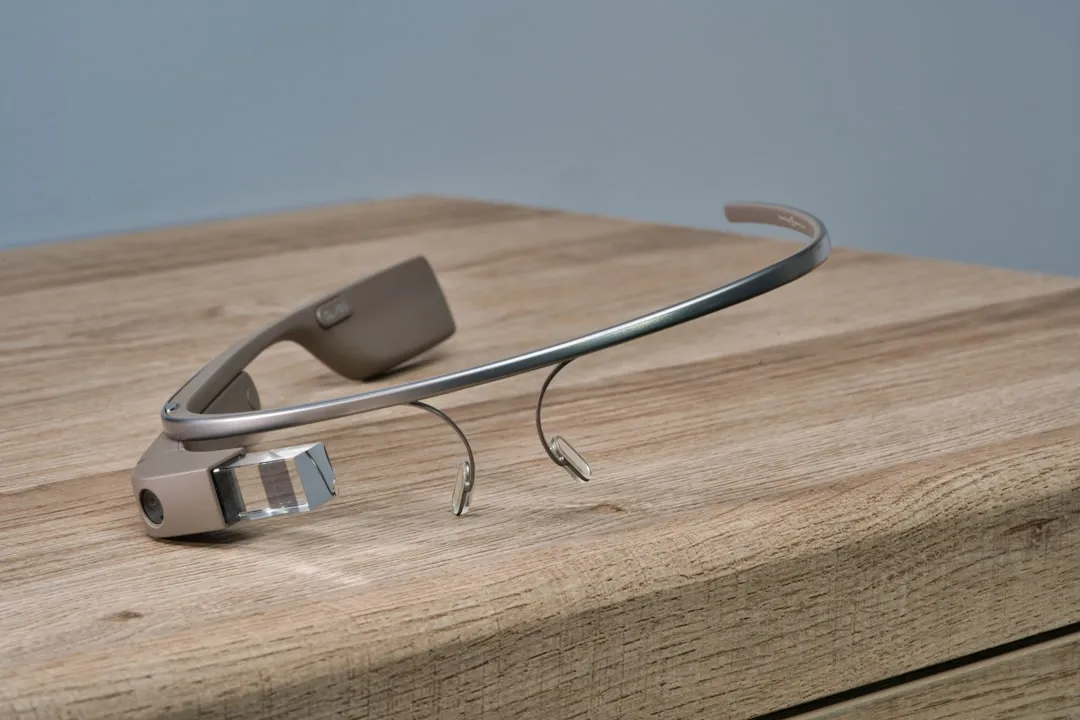













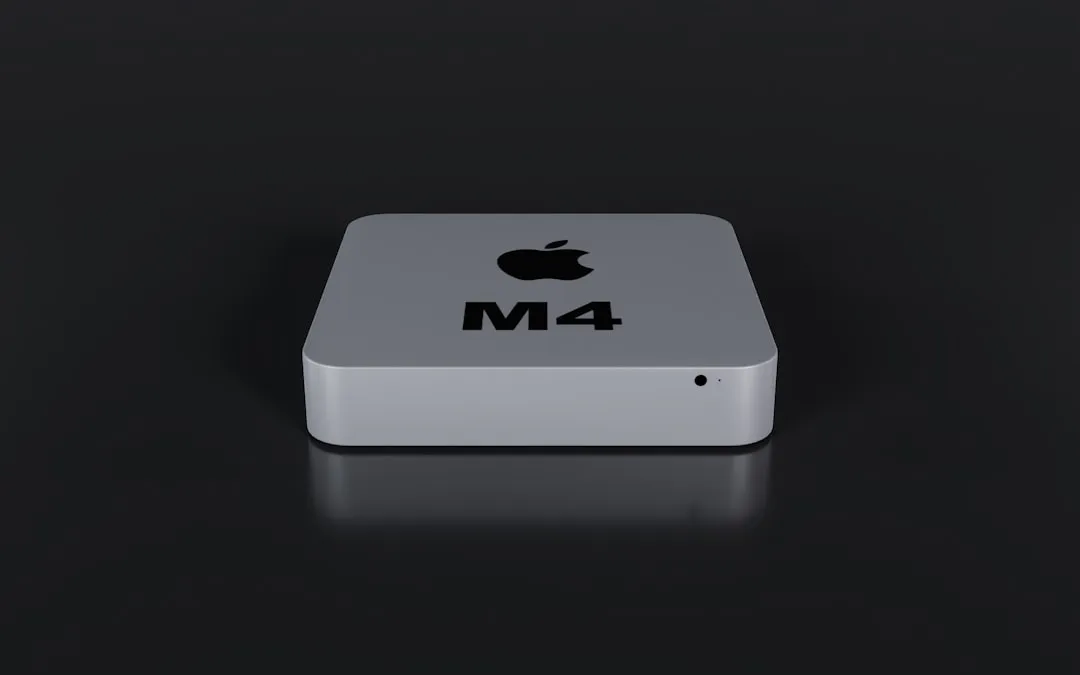
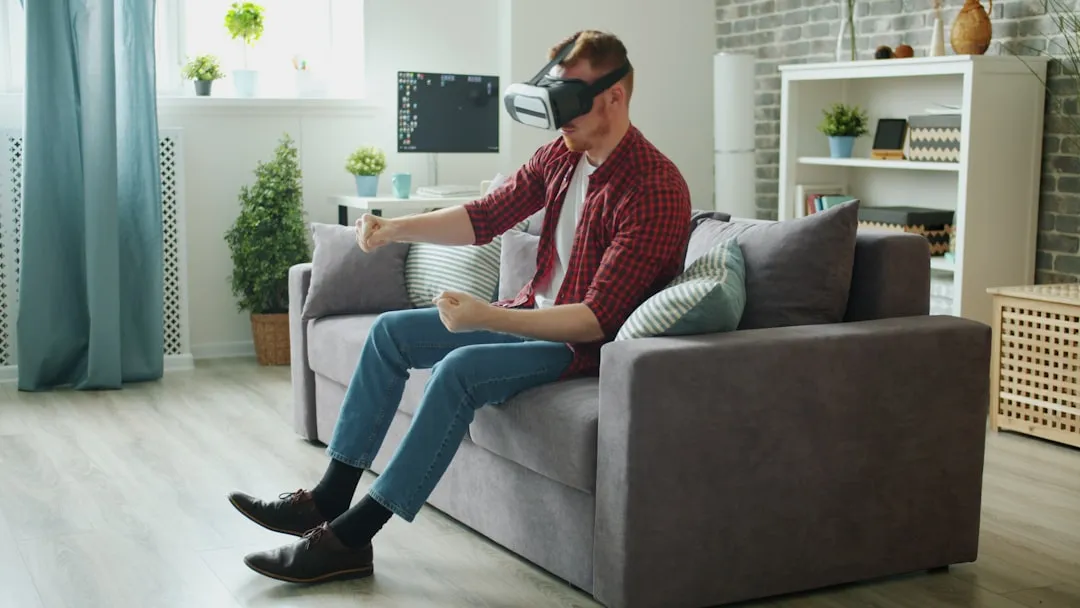
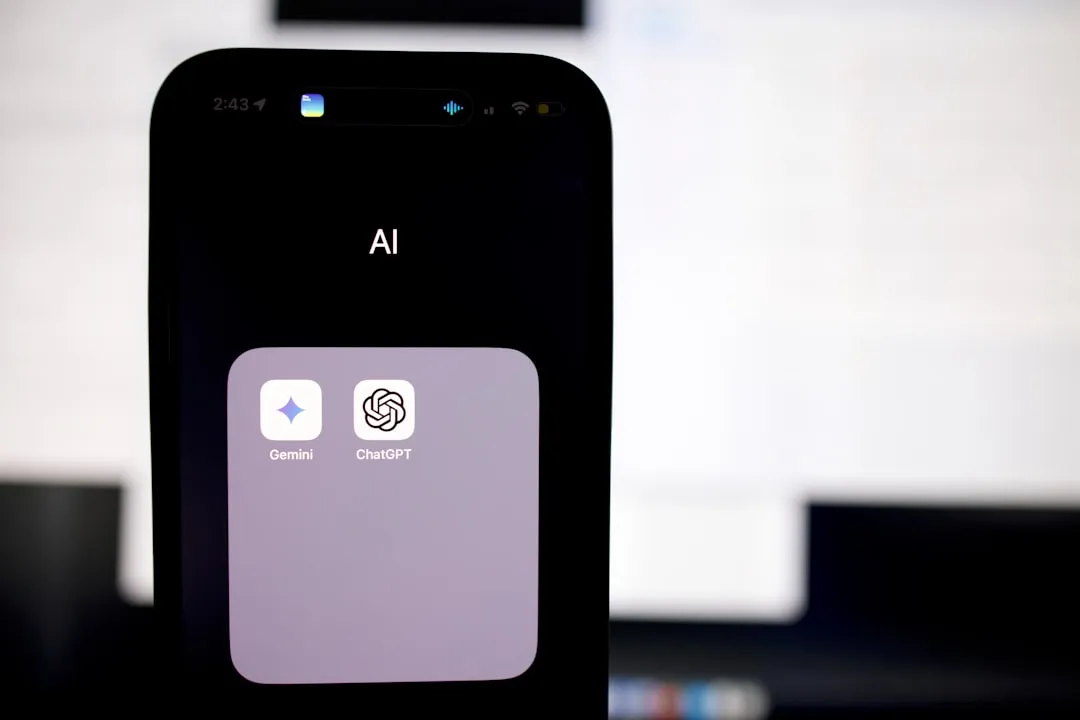
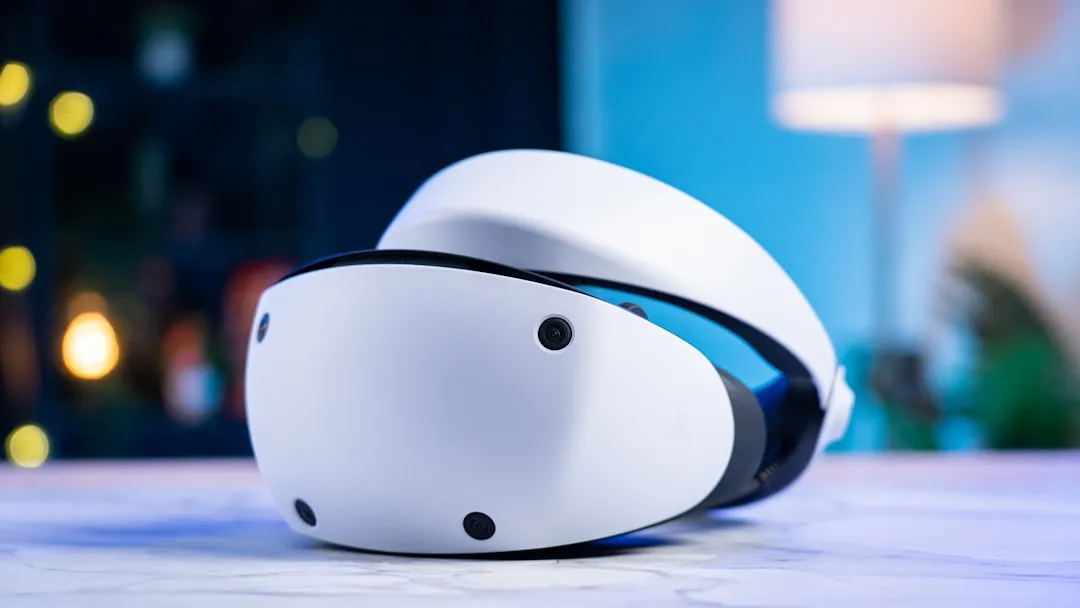

Comments
Be the first, drop a comment!